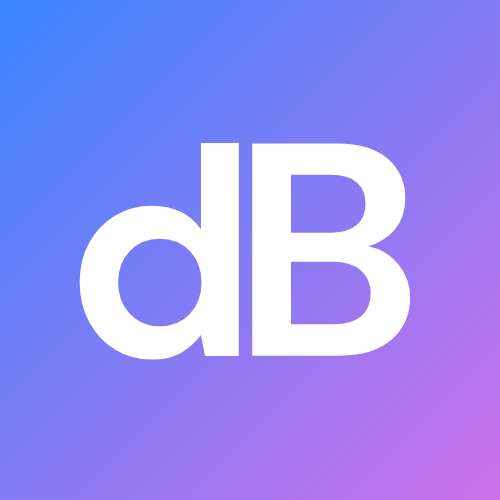How to create an organisational structure in SAP S/4HANA Cloud?
This is a small description of what the how to will be about, it sums up the context of the video tutorial.
As businesses transition to digital-first models, understanding the differences between cloud computing and on-premise installations has become essential especially for organizations leveraging SAP solutions.
Cloud computing involves the delivery of computing resources such as applications, platforms, data storage, and operating systems over the internet. Instead of owning the infrastructure, companies subscribe to services from cloud providers, much like a utility subscription. This model allows users to scale resources based on demand, without worrying about physical infrastructure maintenance.
On-premise computing is like owning a private well: you pay upfront, install, maintain, and operate the entire system yourself. While it offers complete control, it also demands significant investment in IT resources, hardware, and ongoing maintenance.
In contrast, cloud computing shifts the responsibility of system updates, security patches, and scalability to the cloud provider. Customers benefit from flexibility and continuous innovation while reducing their operational overhead.
***TablePlaceholder
For SAP customers, especially those using SAP S/4HANA, cloud deployment can offer substantial benefits in terms of cost-efficiency, scalability, and system reliability. As organizations strive for digital transformation, cloud adoption becomes a strategic advantage.
To better grasp how cloud services are consumed, SAP classifies them into three main models:
***ImagePlaceholder
Another dimension of cloud computing is the architecture type, which defines how resources are shared among users.

This is a small description of what the how to will be about, it sums up the context of the video tutorial.

This is a small description of what the how to will be about, it sums up the context of the video tutorial.

GROW with SAP targets net-new midsize firms starting on Public Cloud, while RISE helps existing customers modernize on Private Cloud both delivering a modern ERP foundation with SAP Build, BTP credits, and embedded AI/analytics.
Stay ahead with the latest SAP innovations and tools